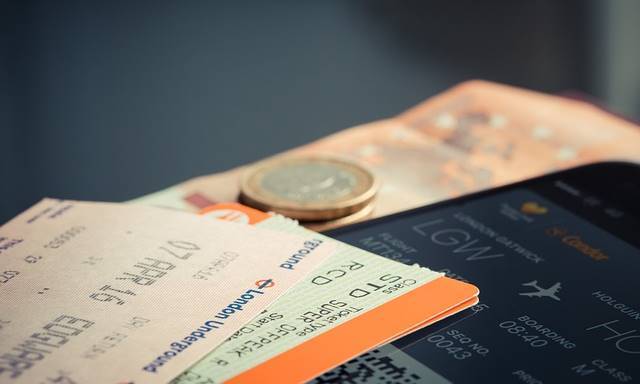PNR – Passenger Name Record
PNR or Passenger Name Record is a unique identifier assigned to each passenger’s reservation in the airline industry. It is an alphanumeric code that contains important information about the passenger’s itinerary, such as flight details, seat assignment, and contact information.
The PNR system was introduced in the 1960s as a way to automate and streamline the airline reservation process. Today, it is used by airlines and travel agencies worldwide to manage reservations and track passenger information.

Some key points about PNRs include
Structure: A PNR typically consists of six alphanumeric characters, although some systems use a different format. The first letter is often a “P” for “passenger” or “R” for “reservation,” followed by a random combination of letters and numbers.
Content: The PNR contains essential information such as the passenger’s name, itinerary, contact information, and seat assignment. It also includes information about any special requests or needs the passenger may have, such as dietary requirements or wheelchair assistance.
Use: Airlines and travel agencies use PNRs to manage reservations and track passenger information. They are also used by customs and immigration authorities to screen passengers and verify their travel history.
Privacy: PNRs contain sensitive personal information, and therefore there are regulations in place to protect passenger privacy. For example, the European Union has strict data protection laws that govern the use and storage of PNR data.
Security: Due to the sensitive nature of the information contained in PNRs, airlines and travel agencies must take appropriate security measures to protect them from unauthorized access or disclosure. This includes using secure networks and encryption technologies.
In conclusion, PNRs play a crucial role in the airline industry, enabling airlines and travel agencies to manage reservations and track passenger information. While they contain sensitive personal information, regulations and security measures are in place to protect passenger privacy and prevent unauthorized access.
References:
- International Air Transport Association (IATA). (2018). Passenger Name Record (PNR) Data Elements. Retrieved from https://www.iata.org/contentassets/f35c1e042e314aa3a1fae5d303057c36/pnr-data-elements.pdf
- European Data Protection Board (EDPB). (2019). Guidelines 2/2019 on the processing of personal data under Article 6(1)(b) GDPR in the context of the provision of online services to data subjects. Retrieved from https://edpb.europa.eu/sites/default/files/consultation/edpb_guidelines_201902_processing_personal_data_under_article_6.1.b_in_the_context_of_the_provision_of_online_services_to_data_subjects_en.pdf
- International Civil Aviation Organization (ICAO). (2018). Doc 9944 – Guidelines on Passenger Name Record (PNR) Data. Retrieved from https://www.icao.int/safety/security/Document%20Library/PNR%20Guidelines%20Doc%209944_en.pdf
- U.S. Customs and Border Protection. (n.d.). Passenger Name Record (PNR) Data. Retrieved from https://www.cbp.gov/travel/travel-industry-personnel/advance-passenger-information-system-pnr/pnr-data
- Airline Reservation Systems: A Brief Overview. (2018). Retrieved from https://www.travelshift.com/airline-reservation-systems-a-brief-overview/



